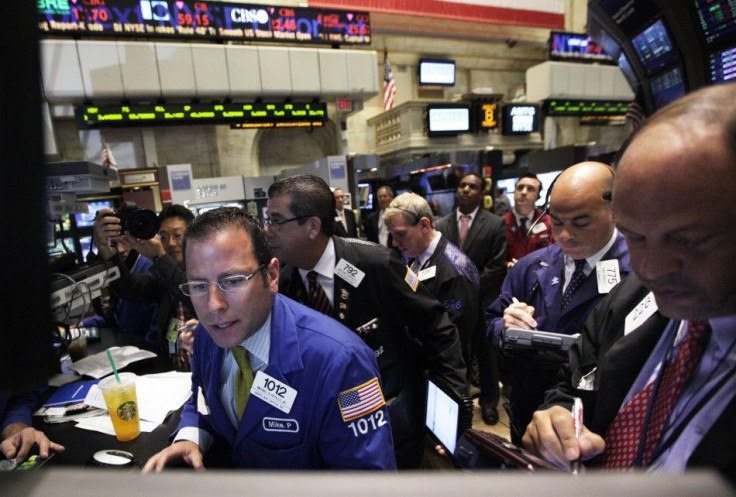U.S. Stocks Soar Ahead of Fed Meeting

The U.S. stock market soared ahead of the Federal Open Market Committee (FOMC) statement after a brutal session on Monday.
The S&P 500 is up 25.65 points, or 2.29 percent, to trade at 1,145.11 at 11:38 p.m. ET. The Dow Jones Industrial Average rallied 186.64 points, or 1.73 percent, trade at 10,996.49. The NASDAQ Composite is up 3.12 percent.
On Monday, U.S. stocks and global risk assets in general suffered steep losses as the markets reacted to Standard and Poor's downgrade of U.S. debt, which was announced late Friday.
The S&P 500 dropped 6.66 percent, which was its worst performance since Dec. 1, 2008 when the index fell 8.93 percent in the wake of the bankruptcy of Lehman Brothers.
Monday's vicious sell-off contributed to the rally on Tuesday because U.S. stocks became oversold and hit the buying point of some investors.
Moreover, investors are eyeing the FOMC statement, which will be released at 2:15 p.m. ET. The Federal Reserve will keep interest rates unchanged, but the key point of interest is whether or not it will signal any expansion of liquidity (i.e. QE3 or at least a mini-QE3).
Back when the market and economy began sinking in 2010, the Federal Reserve signaled QE2 in its September statement with the sentence "measures of underlying inflation are currently at levels somewhat below those the Committee judges most consistent, over the longer run, with its mandate to promote maximum employment and price stability."
Then, it officially announced QE2 in its November meeting.
However, in 2011, political resistance is strong against the controversial program of QE2. Fed Chairman Bernanke himself even acknowledged that the trade-offs of QE3 are "less attractive at this point" during his press conference at the April 2011 Fed meeting.
At the August 2011 Fed meeting on Tuesday, Bernanke will not hold a post-FOMC statement press conference.
© Copyright IBTimes 2024. All rights reserved.











